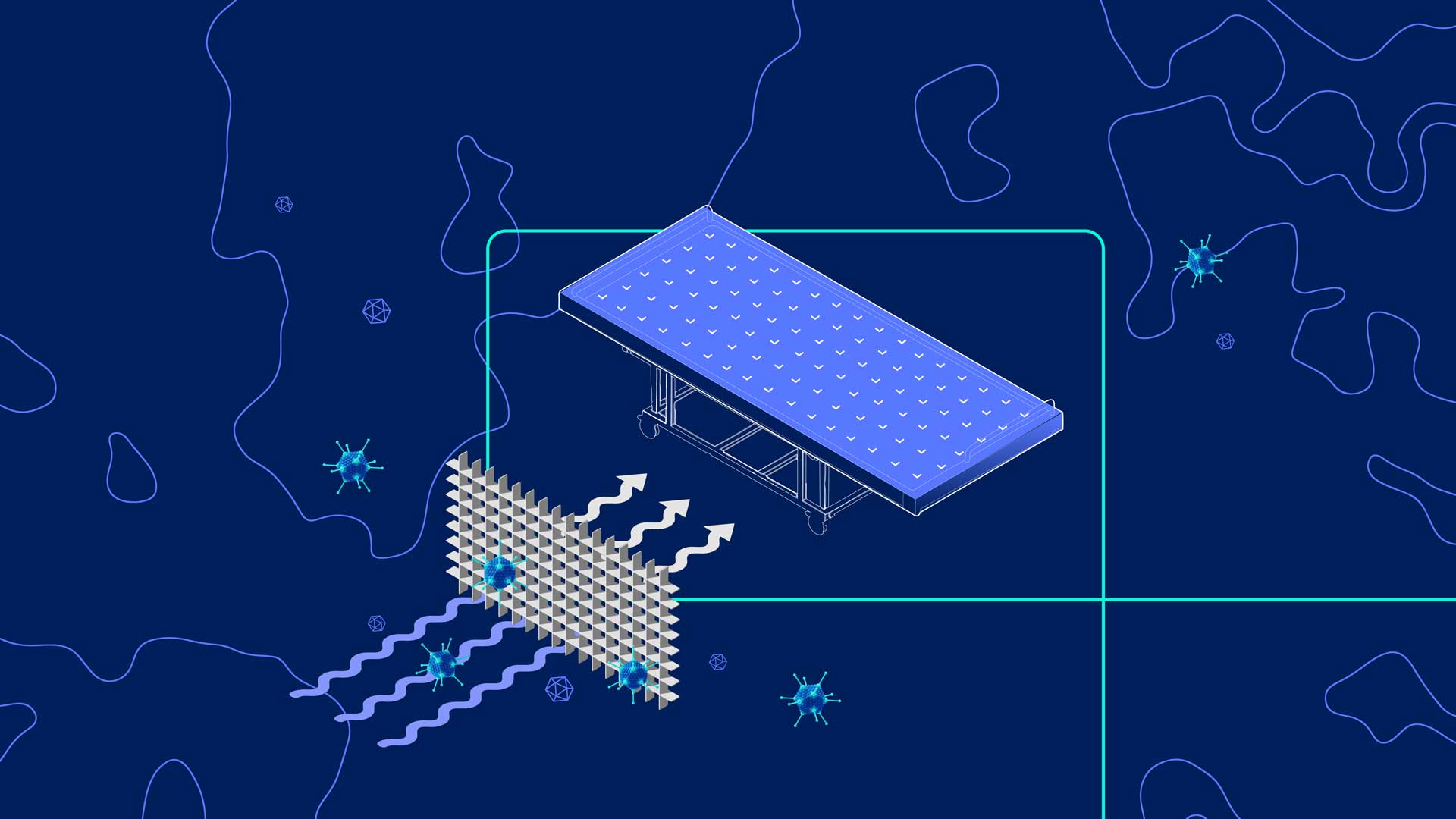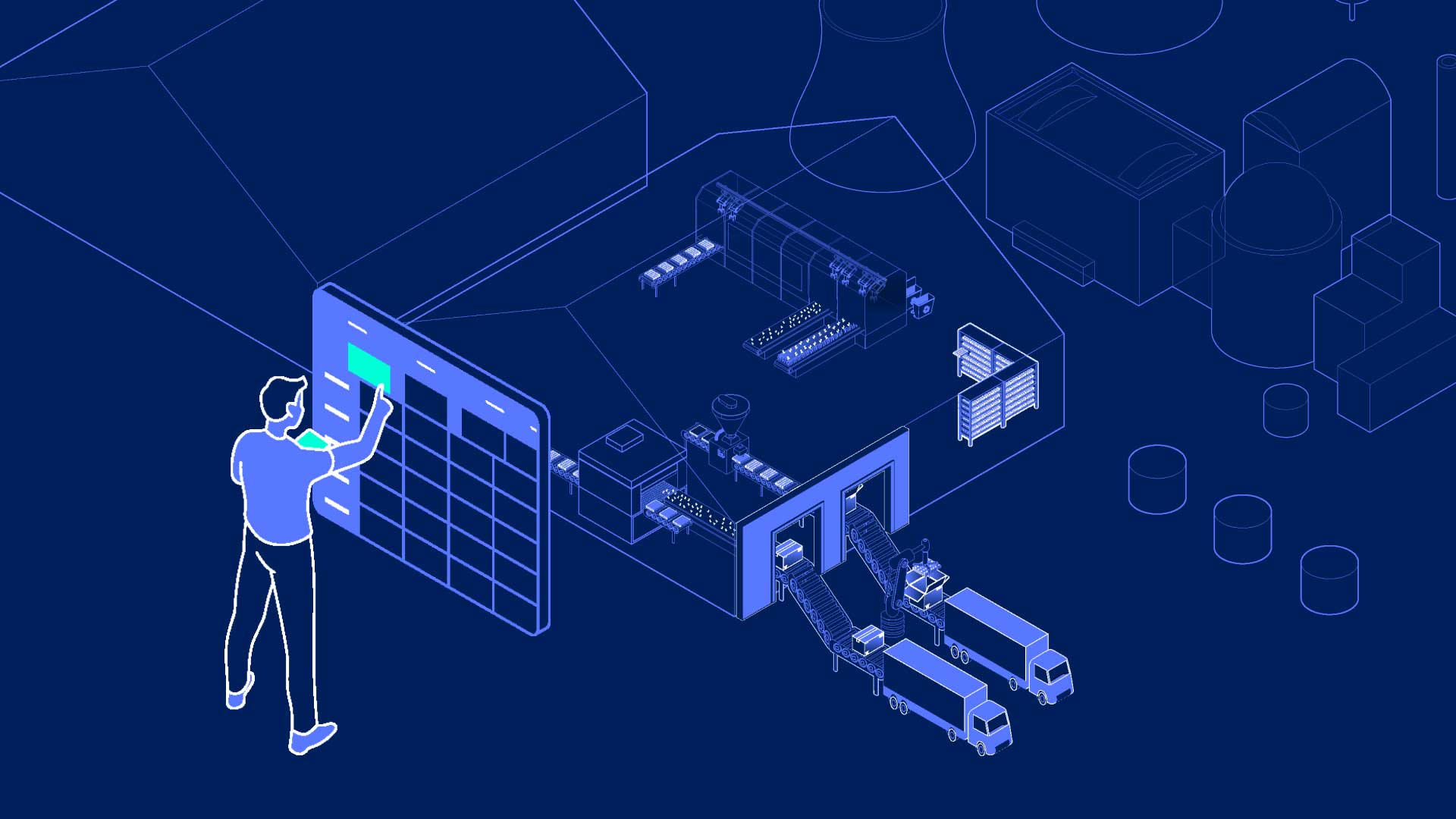As well as more resilient food systems, the use of modern technologies in agriculture could be key to improved public health. Here’s how vertical farming fits into the puzzle.
This article was guest written by IGS’ Offer Manager Chris Lloyd. Chris is an expert in vertical farming markets and use cases, helping growers across the world use innovative technologies to grow healthy, sustainable crops.
What should the priorities of any government be? Growing the economy and ensuring there are jobs and opportunities for those who want them springs to mind. Before all that, though, comes the basic issue of ensuring that its citizens have enough nutritious food to keep them nourished and healthy. Modern technologies in agriculture could hold the key to doing just that.
The status quo
Throughout human history, we’ve focussed on stockpiling food to feed people throughout the winter and help avoid famine. This has – historically – taken the form of storing grain and preserving perishable foods so they can be stored for longer.
In more recent times, we’ve seen governments look to imports from countries which enjoy sunnier climes come the winter months. This can be seen in just about any eatery across the UK in December, when sun-kissed, ripened South American avocados are served on toast (despite the weather outside resembling something close to a freight train of storm clouds).
These strategies have so far proved (mostly) successful in keeping food on plates and a gradual fall over time of hunger and malnutrition. Yet they have a shelf life, and as we’ve seen in recent years thanks to the Covid pandemic and global conflict, supply chains are highly vulnerable to disruption. Modern technologies in agriculture hold the key to both improving food security and better health – here's where vertical farming slots in.
Giving year-round access to fresh, nutrient-rich produce
Keeping populations healthy is undoubtedly a major priority for governments across the world. A healthy workforce is a more productive one, while a healthier elderly population is less of a burden on healthcare systems. By providing citizens access to homegrown, fresh, and nutritious produce, governments can take the first steps into improving general population health. On top of this, by lowering transportation emissions associated with importing food from across the world, they can clean up the air around us and work towards reducing pollution-related disease.
Vertical farming allows for far greater control over plant growth, giving growers the ability to tailor and improve the nutritional content of their produce. Through specific light recipes, plants can be grown with a higher concentration of vitamins, minerals and specific antioxidants, whilst being tailored to suit local taste palates.
Factor in the climate-agnostic nature of vertical farming, and you’re left with a picture where nutrient-dense crops can be grown 365 days a year, regardless of what the weather is like outside. This can ultimately work to improve the health of local populations, ensuring year-round access to produce we currently have to import.
.webp)
Empowering countries to become more self-sufficient
As we all know, food security and nutrition go beyond just calories. Our tastes have evolved to the point where produce is imported from far and wide, propping up restaurants, cafes, and shops each specialising in different cuisines. This has helped to set up a system of imports which whole economies are reliant on, but we know from recent years just how fragile that system can be.
Think back to March 2022 and the early days of the war in Ukraine. Global food prices hit an all-time high thanks to reduced grain exports and the knock-on effects, plunging many families across the world into food poverty as they struggled with ever-increasing bills. This shone a light on the inherent risks of importing food even from allied countries, with governments left scrambling to negotiate trade deals and reopen supply lines.
Greater reliance on imports can also jeopardise food standards and public health. Whilst there is some degree of co-operation on food standards and safety, it’s increasingly hard to do this across borders. The system inherently lacks the same levels of control as domestic food production, resulting in governments having even less control over the quality of food coming in.
Thanks to advancements of modern technologies in agriculture (and changing consumer demand for healthier, cleaner options) nations now have the option to invest in local production of a wider variety of crops. Our recent deal with ReFarm in the United Arab Emirates is set to replace around 1% of the country’s total food imports, decarbonising the food supply chain and giving citizens access to nutritious produce.
Reducing the carbon footprint of agriculture
Consumer demand for year-round healthy, fairtrade produce comes at a cost, though. Fairtrade coffee and chocolate, local varieties of staple plants – these are all well and good from a promotional standpoint, but the environmental cost of importing them halfway across the world is high. The transportation sector accounts for 20% of global emissions, and the need to decarbonise – while still meeting demand – is stark.
Currently, half of the habitable land on Earth is used for agriculture (often at the expense of forests, marshlands and other vital habitats, as well as housing). Vertical farming can play a key role in helping to repurpose this land and bring down carbon emissions. Growers can farm locally and use far less land, in turn bringing down transport emissions and freeing up space for vital carbon sequestration, reforestation, or regenerative projects.

Where vertical farming fits in
Vertical farming is just one part of the solution to problems faced by countries the world over. It can be operated using no fossil fuels in just about any climate, capable of utilising 100% renewable energy to produce a wide variety of plants.
Here at IGS, our vertical farming technology can be used to produce a huge variety of crops for consumption, starter plants for greenhouses, tree seedlings for reforestation, medicinal plants for pharmaceutical companies, or supplemental use, amongst other uses.
We’ve designed our Growth Towers with scale and flexibility in mind – two elements which could well prove key in our fight for greater food security. We’ve put in place specific wavelength LEDs and modular systems, as well as automation and AI to enhance the grower experience, all of which combine to create efficiencies and aid scalability.
Vertical farming might only be one piece of the puzzle, but we believe it’s crucial in enabling food production on a more local level, bringing down carbon emissions and giving countries greater control over food security and public health.
Learn more about vertical farming, including everything from integrated energy sources to set-up costs, with our series of guides.






.jpg)
